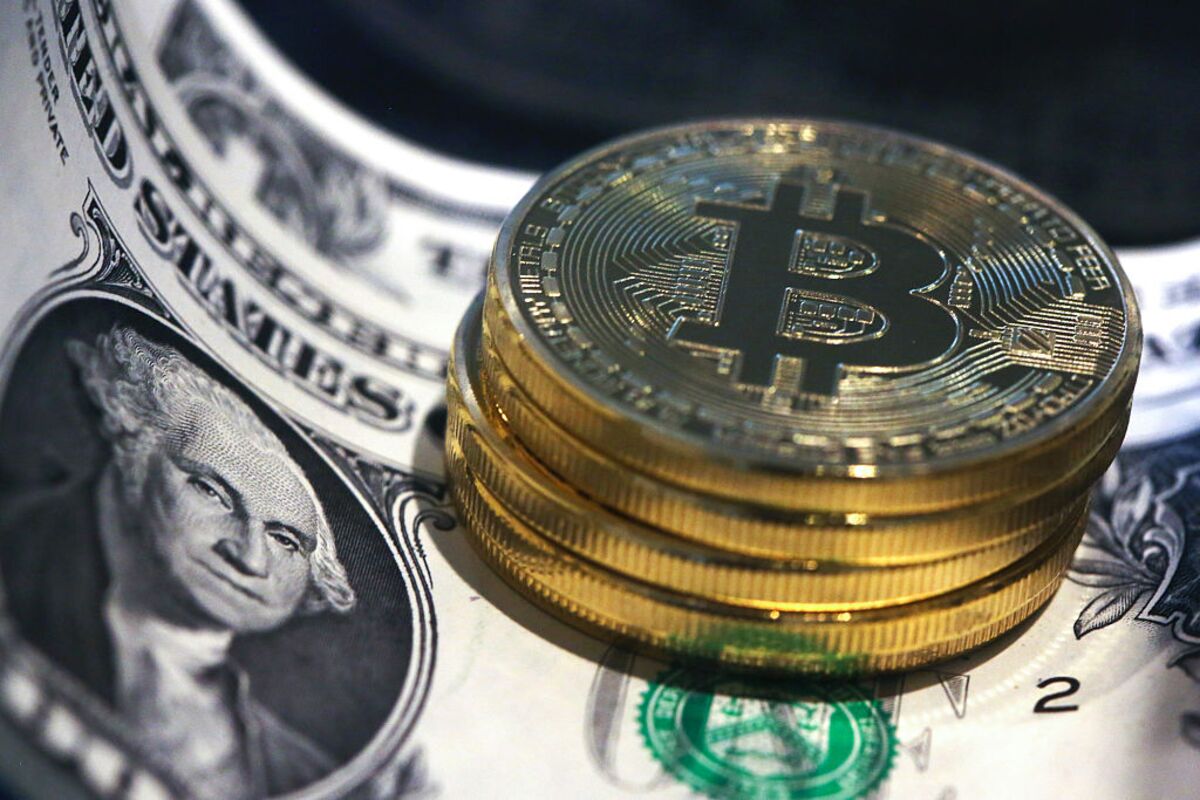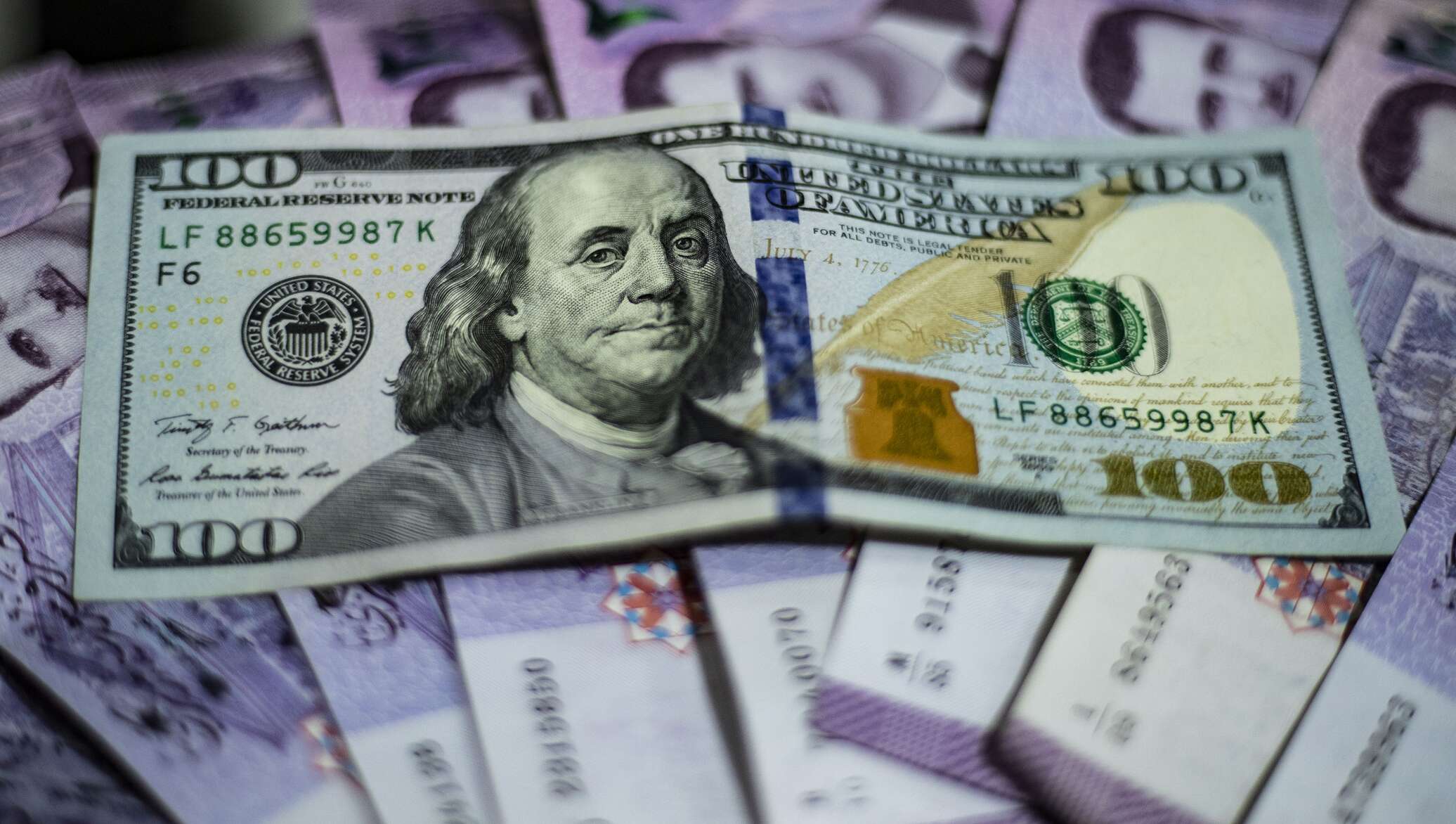Bitcoin and Fed policy: As analysts modify Bitcoin price projections in reaction to possible changes in U.S. Federal Reserve monetary policy, the cryptocurrency market is humming with conjecture. Bitcoin (BTC) is becoming a focus point for investors trying to hedge against macroeconomic uncertainty. The indications point to the Fed possibly changing from its aggressive interest rate-raising campaign to a more accommodating posture. Examining how changing Fed policies can affect the course of Bitcoin. This paper analyzes professional forecasts and assesses the risks and opportunities for Crypto Investors in the next months.
Current Stance and Potential Pivot
Early 2022 saw the Federal Reserve maintain a hawkish monetary policy. The rising benchmark interest rates from almost zero to a 23-year high of 5.25%–5.50% to fight ongoing inflation have tightened liquidity. Throughout financial markets, fueling volatility in risk assets, including Bitcoin. Recent economic data, however, including slower employment growth, declining consumer spending, and cooling inflation measures, has spurred conjecture that the Fed would stop or perhaps turn around course in late 2024.
Declaring that the central bank is “closer to feeling confident” about lowering rates, Federal Reserve Chair Jerome Powell has noted improvement in managing inflation. FedWatch Tool by CME Group shows that futures markets now price in a 65% possibility of at least one rate drop by September 2024. This change would provide market liquidity and maybe revive investor interest in speculative assets like Bitcoin.
Bitcoin’s Historical Fed Policy

The price behavior of Bitcoin has before shown a correlation with changes in macroeconomic liquidity. For instance, The Bull Run 2020–2021 As the Fed cut rates to almost zero and started a $120 billion/month quantitative easing (QE) program during the COVID-19 epidemic, Bitcoin jumped from 7,000,000 to 69,000,000. As the Fed raised rates rapidly, draining liquidity and bolstering the US currency, the 2022 Bear Market BTC fell 65%. 2023 Redemption With hopes that rate hikes would slow, Bitcoin recovered 155% and peaked in January 2024 at $45,000. This trend implies that low-rate, highly liquid situations are where Bitcoin excels. By devaluing the currency, reducing bond rates, and pushing risk-taking, a Fed turnabout might generate a tailwind for BTC.
Bullish Forecast
Citing the Fed’s possible dovish turn as a main driver, eminent crypto analysts and institutions have raised their Bitcoin price targets:
Standard Charter
Arguing that Fed rate cuts would encourage institutional adoption, the bank reaffirmed its $150,000 Bitcoin price estimate for 2024. Analyst Geoff Kendrick pointed out, “A softer dollar and lower Treasury yields reduce opportunity costs for holding Bitcoin, so increasing its attractiveness as a store of value.
Matrixport
If the Fed lowers rates by 1.5%, the crypto services company projects BTC might hit $125,000 by the end of 2024. Head of research Markus Thielen claimed, “Bitcoin is a high-beta asset that amplifies macroeconomic changes.”
ARK Invest
Under a “best-case scenario,” in which central banks relax monetary policy to combat deflationary forces, Cathie Wood’s company believes Bitcoin may reach $1.5 million by 2030. Though the bank keeps a cautious $45,000 year-end goal due of regulatory issues, even critics like JPMorgan agree that Fed easing might boost Bitcoin.
Inflation and Dollar

Bitcoin and Fed policy story as “digital gold” sets it as a counterpoint to the debasement of fiat money. Should the Fed lower rates early on and inflation recover, Bitcoin might gain from increased demand for assets with inflation resistance. Already down 4% from its 2023 peak, the U.S. dollar index (DXY) inversely correlates with Bitcoin. A weaker dollar increases the purchasing power of BTC worldwide. Still, there are hazards. Sticky inflation might push the Fed to postpone cuts, extending demand on risk assets. Furthermore, short-term volatility might be caused by geopolitical conflicts or a U.S. recession.
Technical Analysis
As traders consider the possible effect of Federal Reserve policy changes against important technical indications, the price behavior of Bitcoin has entered a crucial phase. BTC’s near-term path depends on its capacity to maintain important support levels or breakthrough tough resistance zones; it is now swinging about the $63,000 mark. The technical terrain forming the dynamics of Bitcoin is broken out here in great detail: With its 50-day moving average (50-DMA), which hovers close to $58,000, Bitcoin has become a vital short-term supporter. Smoothing out price volatility,
This indicator has served as a springboard for rallies during Bitcoin’s comeback in 2024. Holding steadily above this level would indicate institutional accumulation and support positive momentum. Currently at 62, the Relative Strength Index (RSI) on weekly charts shows Bitcoin has space to run before reaching overbolic conditions (RSI > 70). This indicates better underlying momentum, as the overheated RSI readings above 80 were observed during the 2021 high contrast.
Conclusion
The Federal Reserve’s next move will undoubtedly shape Bitcoin’s short-term price action. A pivot to rate cuts could propel BTC to new highs, validating its role as a macroeconomic hedge. Conversely, prolonged tight monetary policy may delay the crypto market’s recovery. For investors, the key takeaway is to monitor Fed commentary, inflation reports, and dollar trends closely.
Bitcoin and Fed policy long-term fundamentals—scarcity, decentralization, and adoption—remain intact, its path to $100,000 hinges on a delicate interplay between macroeconomic forces and market psychology. As the Fed’s September meeting approaches, all eyes will be on Powell’s words. One thing is certain: In the world of crypto, volatility is the only guarantee.



